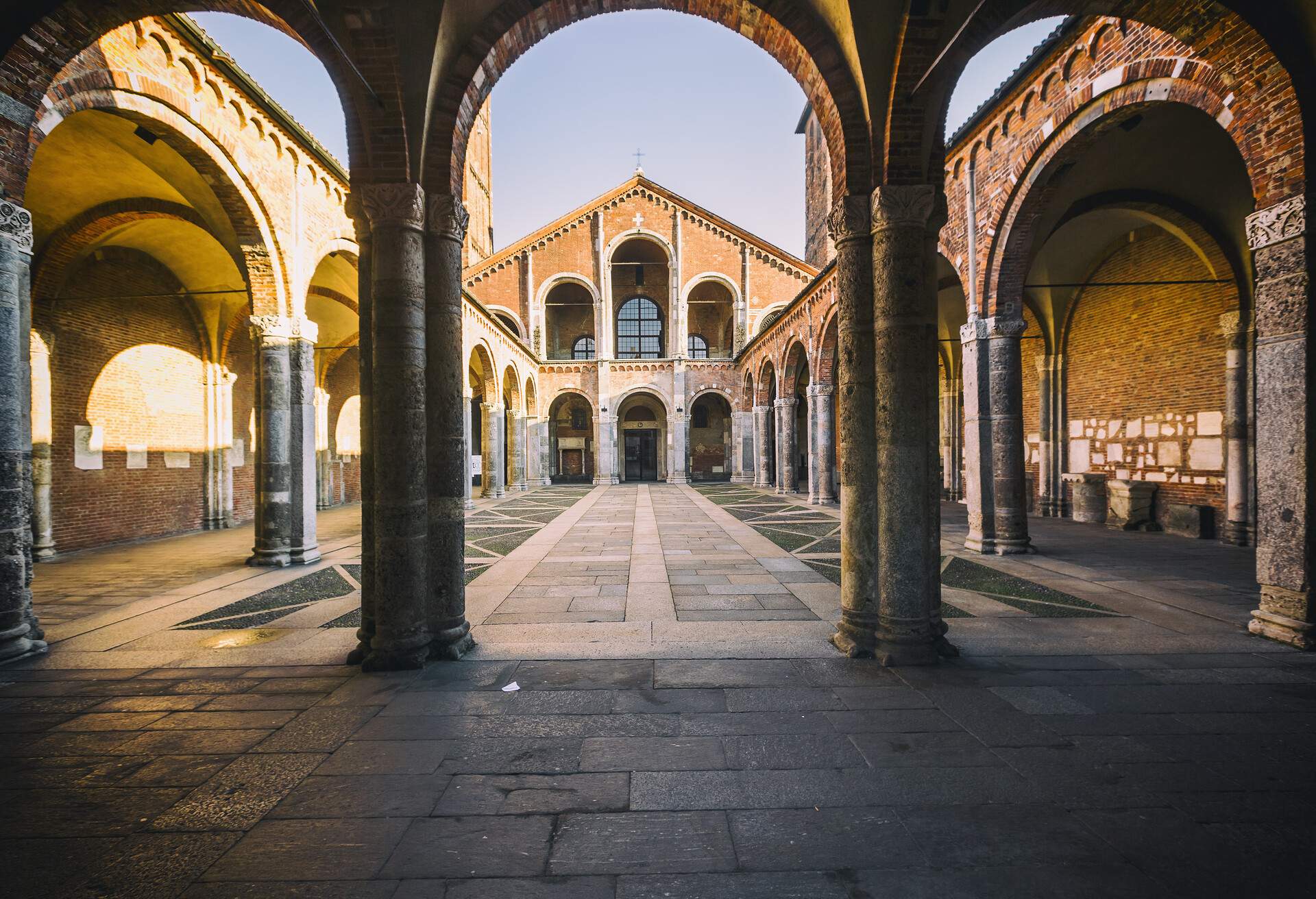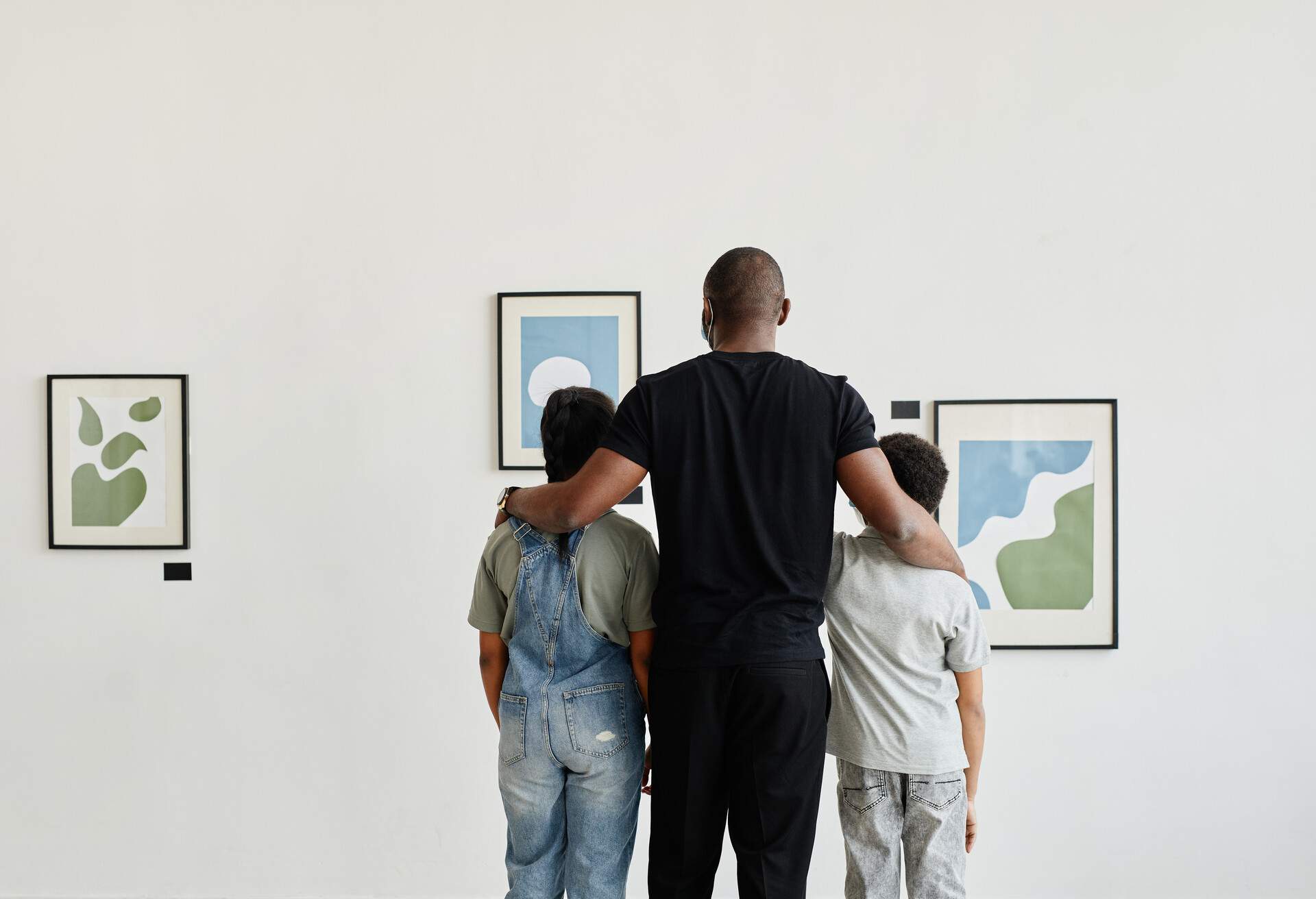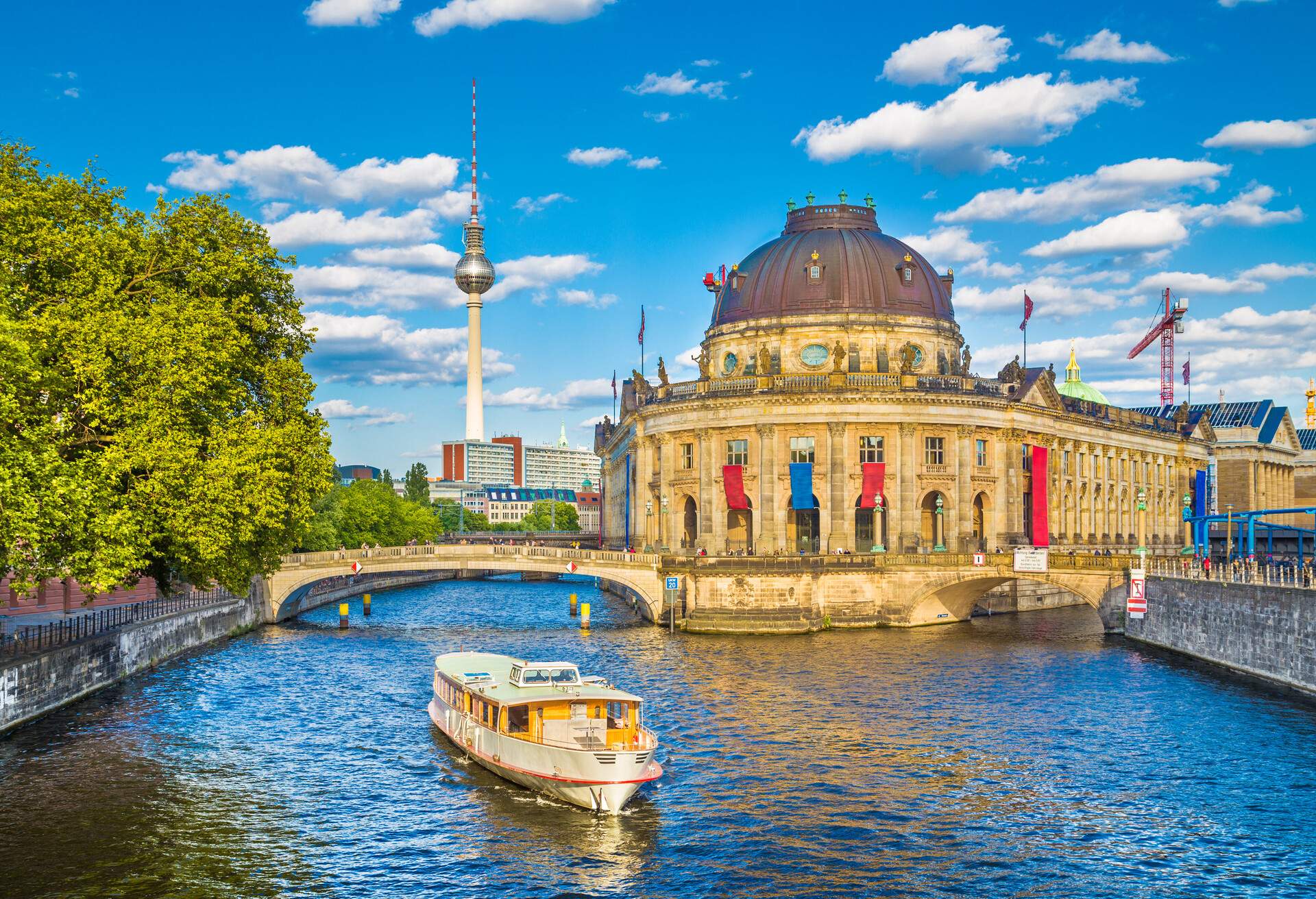Ahhh…..Paris: The Eiffel Tower, sweet little coffee houses and of course, art – a lot of art. Above all, the Louvre. If you ever visit the Louvre you have to make a beeline for the Mona Lisa. But why?
Well, umm, because it’s in the must-sees of your city guide and nobody will ever believe you were actually in Paris if you don’t take a selfie with da Vinci’s mysterious smiling lady. And that’s all well and good, but you can be sure that all you’ll ever see of Mona Lisa is this:
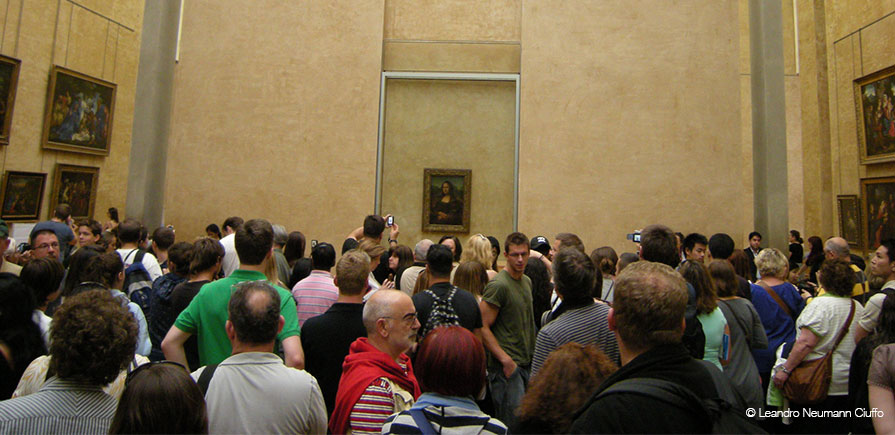
We all know those very special, magic moments when travelling. The moments that stick in your memory aren’t the ones where you rush from one ticket counter to another, wrestling with a crowd of tourists, just to get a photo of a sight that can be found a million times over on the internet. Why set your sightseeing priorities by adding random sights from recommended top 10 must-see blah-blah lists? What about creating your very own list based on your interests and personal desires – made by you and for you?
Here’s our Smartlist on how to find and visit a museum the smart way:
1. Know yourself.

Most popular museums are made for a broad, mainstream audience. But you’re unique, so it’s likely you’ll be bored 90% of the time if you just join the average tour through a museum. Know what you’re interested in and search specifically for the museums and/or art pieces you really care about.
2. It’s all about selection.
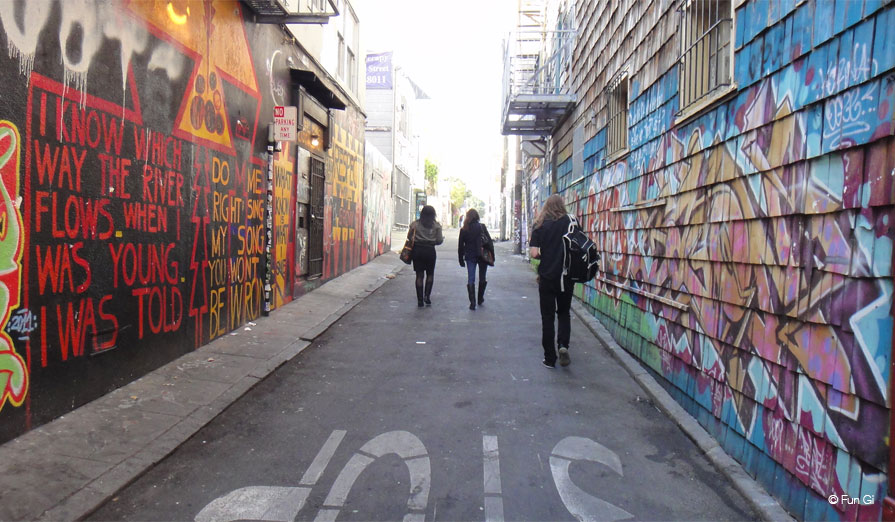
Maybe you don’t even want to go to a museum at all. Maybe all you need is a small artist’s workshop or a tour through a city’s urban art hotspots.
3. Focus.

People tend to want to see it all – and in doing so, see nothing in the end. The Louvre, for example, exhibits more than 35000 works. You would need years to view them all. Just pick a few exhibition pieces but give them all your attention.
4. Be professional.

Actually you don’t have to be a professional at all, but if you apply some basic principles from those in the know, you will see each work in a completely different light.
5. Take your time.
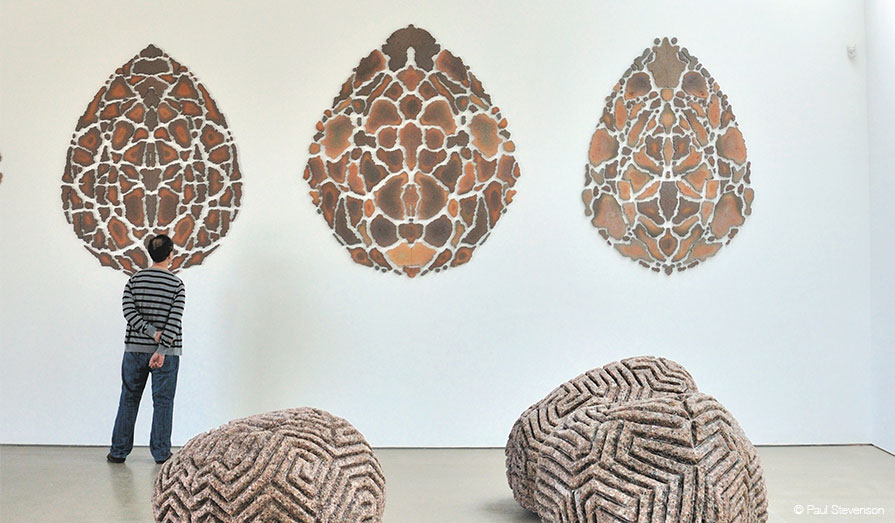
Better to focus on one exhibition piece for 10 minutes than on 10 pieces for one minute – you’ll be amazed how much more you see given the opportunity.
6. Extend your knowledge.
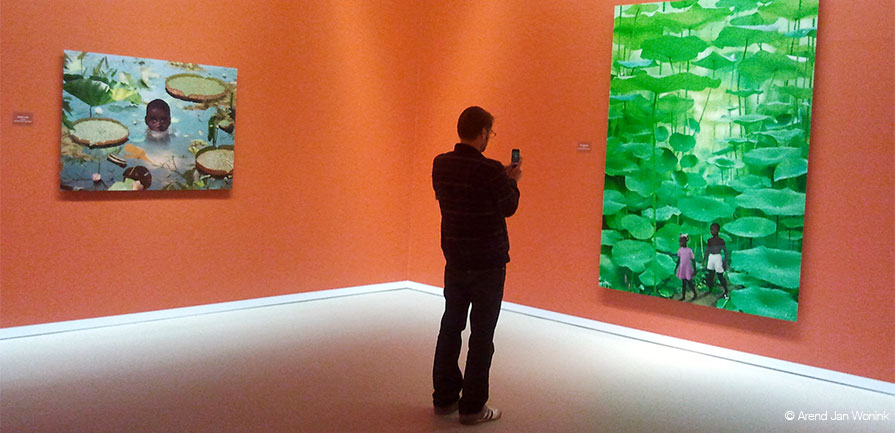
7. Make an event of it.
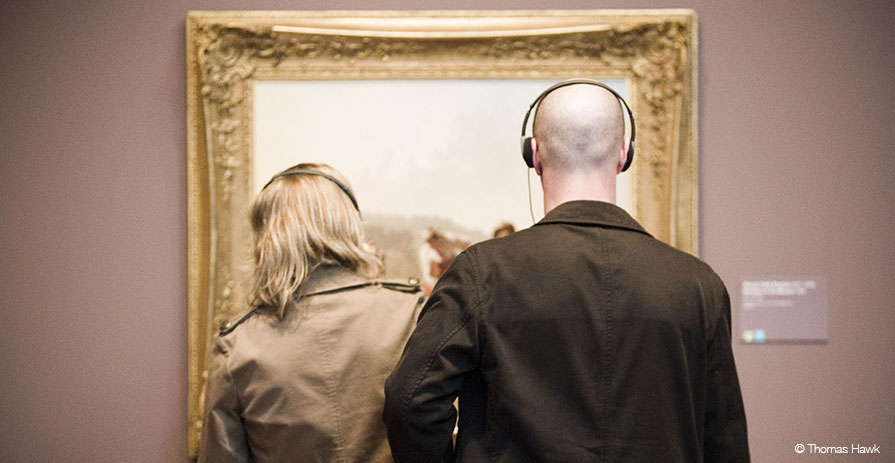
You don’t need those distracting audio guides while exploring, instead, get yourself in the right mood with the right sound. Mix Monet with Chopin, Da Vinci with Puccini, Andy Warhol with The Velvet Underground, or create the playlist you think fits best.
8. Stay away from performances.
In a desperate attempt to keep themselves in the public eye, artists constantly try to outdo each other with weirder and weirder performances. Sure, they were new and interesting in the beginning. Today, at best you could question the public expenditure on these types of “projects”, and at worst suffer some serious emotional trauma.
Image source: www.flickr.com, images licensed under Creative Commons CC BY-SA 4.0.
(Preview photo cred: iStock.com/roman_slavik)


